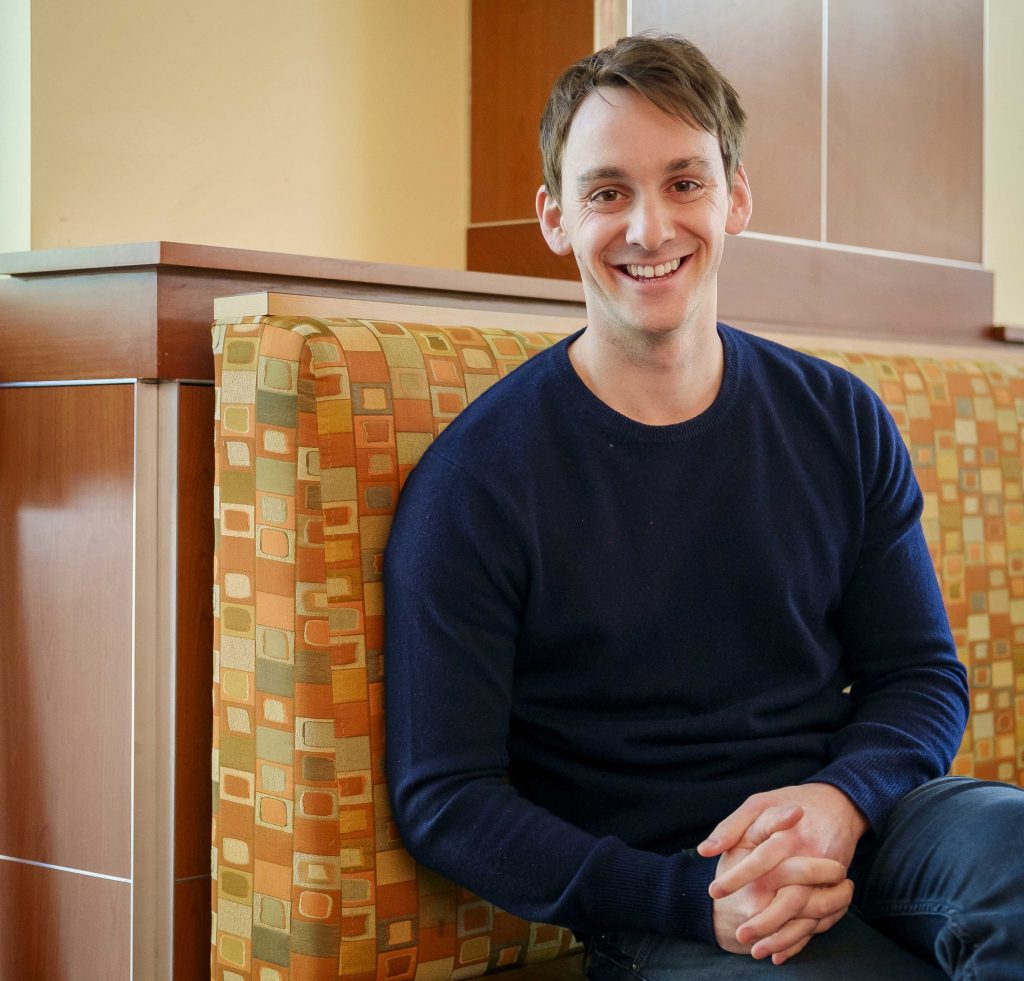
Pipe Dream sat down with Derek Thompson, a senior editor for The Atlantic and the author of the national best-selling book “Hit Makers: How to Succeed in an Age of Distraction.” His TEDxBinghamtonUniversity talk, “The science of popularity,” focuses on the idea that most popular products are both novel and familiar, and how this idea can be used to make hits. This interview has been edited for length and clarity.
Pipe Dream: Where did your initial interest in the science of popularity come from?
Derek Thompson: I think popularity is inherently interesting. I think lots of people have moments where they think, “Why did this terrible thing become suddenly popular?” What I love about the issue of popularity is that it crosses all of my favorite subjects. Popularity is an economic issue because there are marketplaces of products. Popularity is a psychological issue because it’s about the psychology of human affinity in which we decide what we like. It’s sociological because sometimes we like something or we participate in something not because it appeals to our biology, but because it feel it appeals to tribe or to our local network. And so it’s just this beautiful issue that lives in the intersection of all the disciplines I was already interested.
PD: What is your favorite example of this fascinating hit-making theory in action?
DT: One of my favorite examples of the randomness of it is probably “Rock Around The Clock.” “Rock Around The Clock” is the second most-sold song of all time. When it came out originally in 1954, it was totally despised. No one listened to it, and then it came out in a movie the very next year, 1955, and it was an absolutely sensational hit. It was the first rock ‘n’ roll song to ever hit No. 1 on the Billboard Hot 100, and it was a runaway sensation. It was only after the movie came out that the song became a huge hit. We live in a probabilistic world even though we’re deterministic human beings who want to have easy answers to everything. And so it’s impossible to explain, deterministically, why a song that sounds the exact same is a flop in 1954 and the biggest hit of the century in 1955. The only explanation has to be that there are variables outside of the inherent qualities of a product that can determine its popularity. Everything, everything, everything needs to have a brilliant marketing and distribution strategy behind it if it’s going to optimize its chance to succeed.
PD: How did the process of writing your first book differ from everything else you had done so far in your career?
DT: Writing a feature is a little bit like organizing your closet — not only do you have to buy all the shirts and the pants and the socks and whatever, but you also then have to figure out how to put what where, in order, to make the most sense to someone opening up that closet, you know, opening up the product itself, or reader. Writing a book is like buying a house. You have to organize all sorts of closets you have to buy all sorts of furniture and merchandise to figure out what goes where. Most people who aren’t writers think of writing as the process of sentence construction. I think most people who are writers know that the vast majority of writing is not writing, it’s organization. And the longer a piece of work is, the more organization that has to go into it.
PD: What do you hope to impart on students who are listening?
DT: Ultimately, I want them to understand the pure and simple thesis, which is that when we’re designing something that’s new and radical, it’s very important to keep in mind the familiarities of the audience. But I also want people to keep in mind that it’s possible — even though the human mind is such an incredibly conservative instrument and our tastes are just so basic and we just like old things more or less — that it is still possible to create brilliant products that come with radical, brilliant ideas that can connect and change lives.


